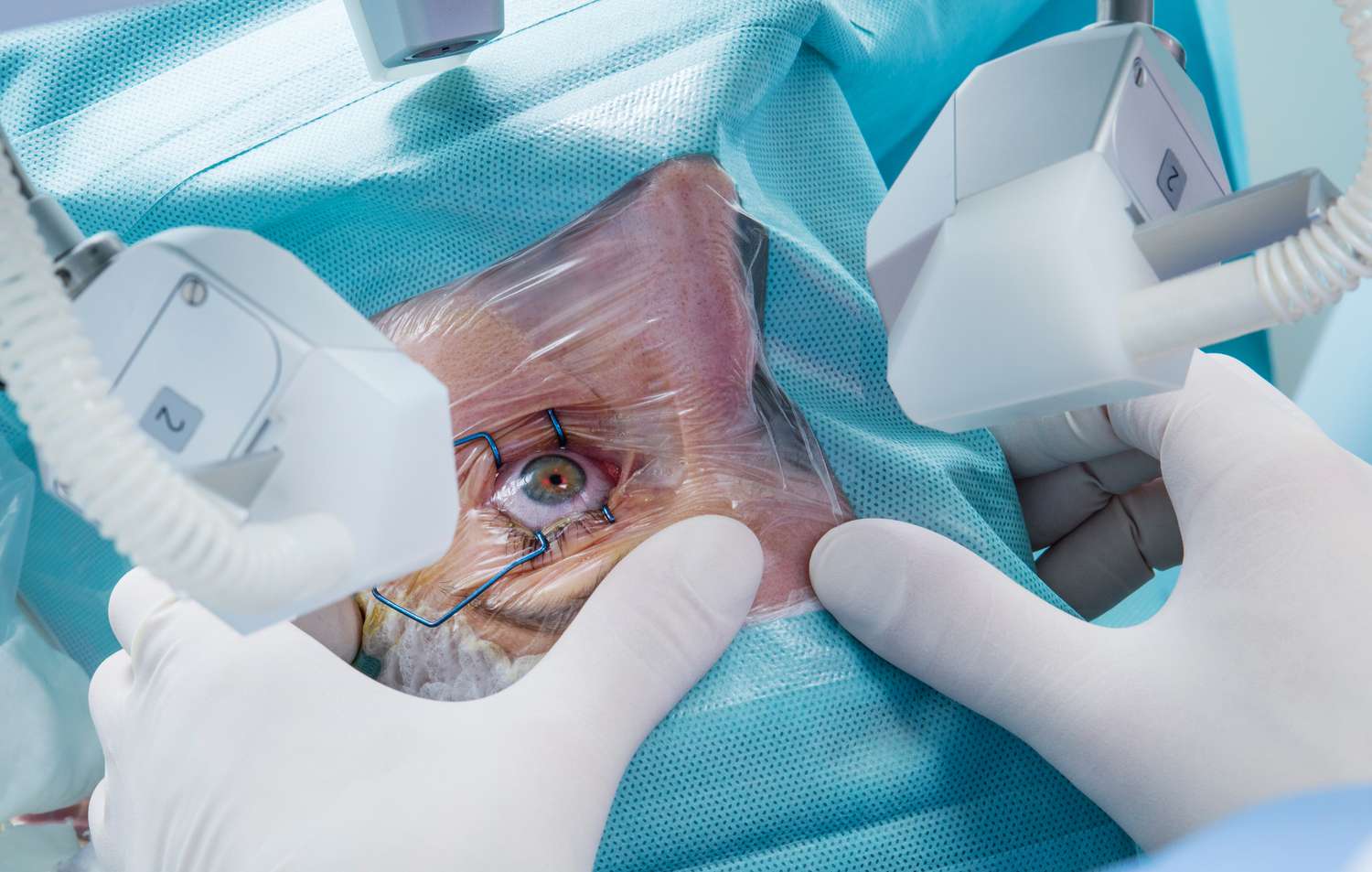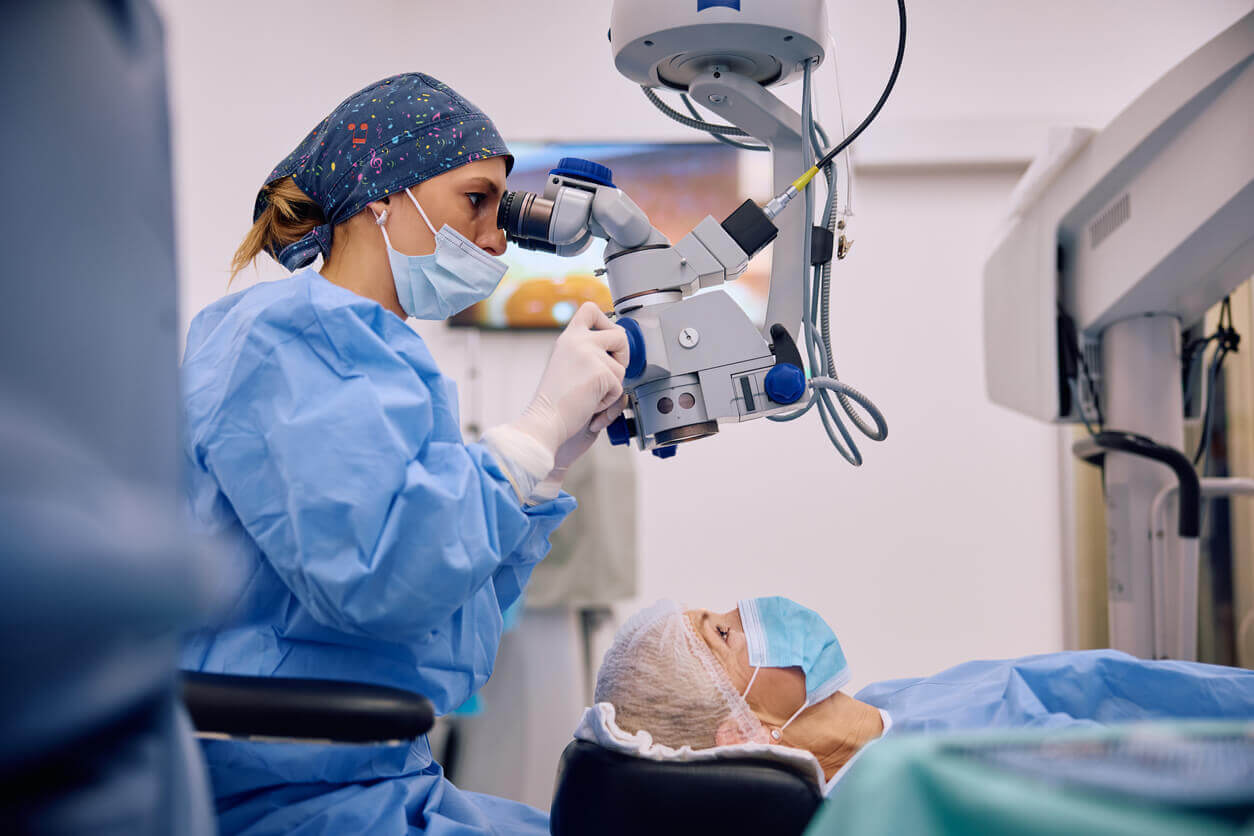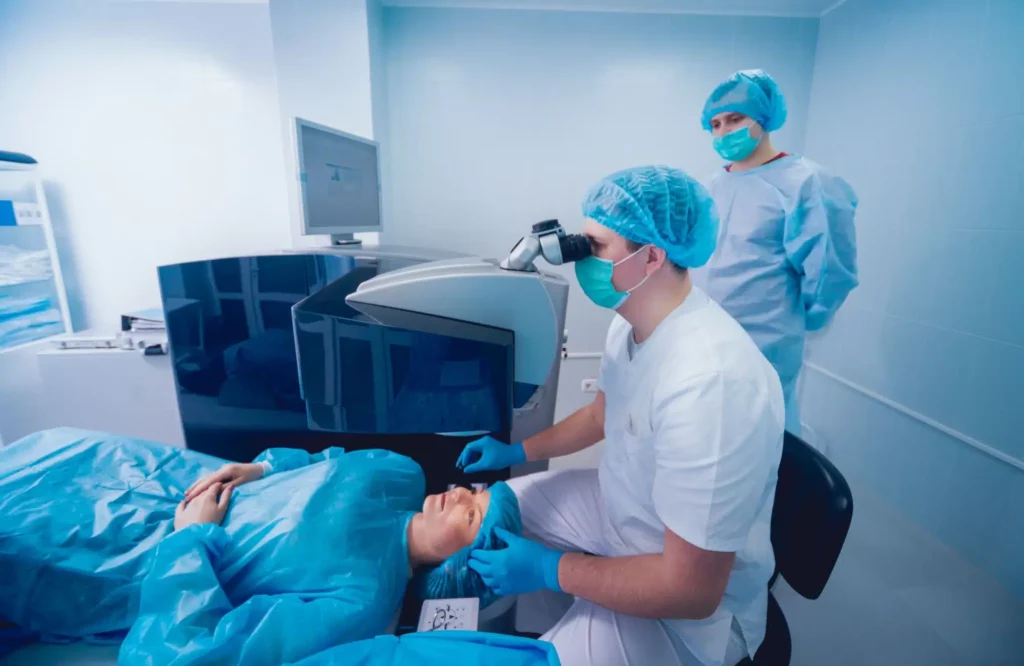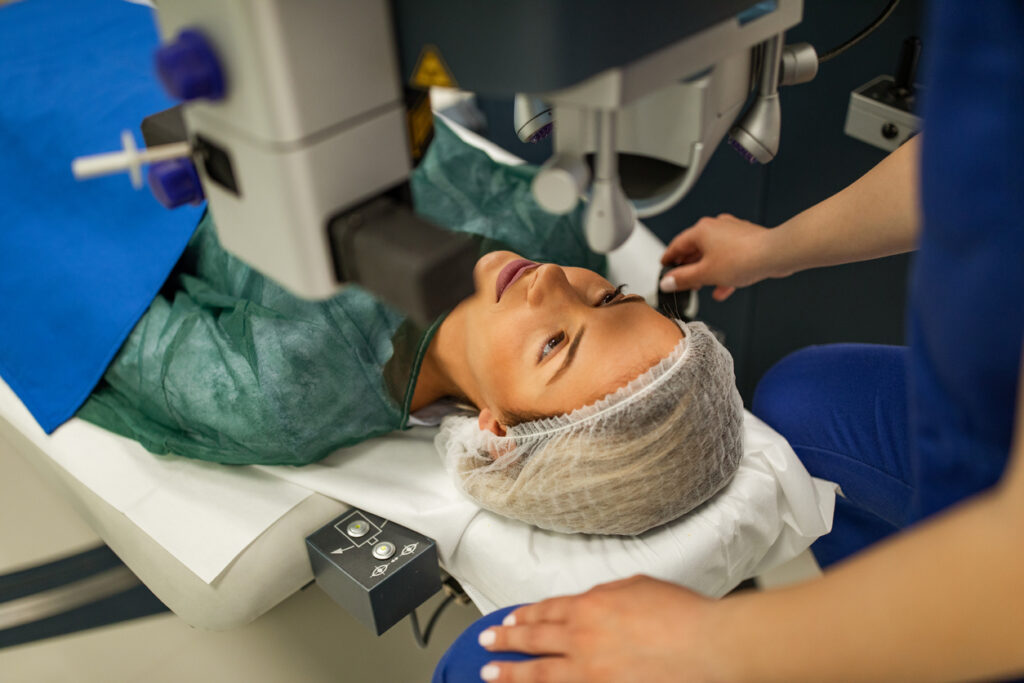LASIK, or Laser-Assisted In Situ Keratomileusis, is a popular surgical procedure designed to correct common vision problems such as myopia (nearsightedness), hyperopia (farsightedness), and astigmatism. As technology advances, LASIK has become a safe and effective option for many individuals seeking to reduce their dependence on glasses or contact lenses. This article aims to provide a comprehensive understanding of the steps involved in a typical LASIK eye operation, ensuring that prospective patients are well-informed about what to expect.
Pre-Operative Assessment
Before undergoing LASIK surgery, a thorough pre-operative assessment is crucial. This stage typically involves a series of tests and consultations to determine the suitability of the patient for the procedure.
LASIK eye surgery offers a life-changing opportunity for many individuals seeking to improve their vision and reduce their reliance on corrective lenses. By understanding the steps involved in a typical LASIK eye operation, patients can approach the procedure with confidence and clarity. From the initial consultation to post-operative care, each step is designed to ensure the best possible outcome.
Initial Consultation
The journey begins with an initial consultation, where the ophthalmologist discusses the patient’s vision problems and medical history. This conversation is essential for understanding the patient’s expectations and any potential concerns they may have regarding the surgery. It also provides an opportunity for the ophthalmologist to explain the LASIK procedure, including how it works and what the patient can expect during recovery. Patients are encouraged to ask questions, as this dialogue helps to alleviate anxiety and ensures that they are well-informed about the process ahead.
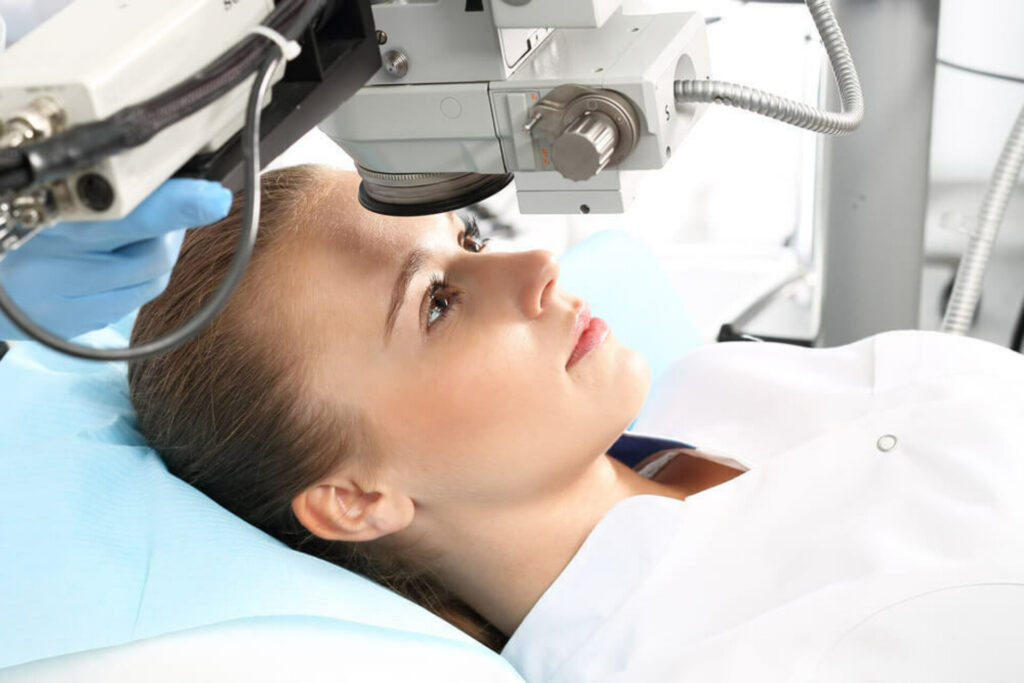
Comprehensive Eye Examination
Following the initial consultation, a comprehensive eye examination is conducted. This examination includes measuring the patient’s refractive error, assessing the thickness of the cornea, and evaluating the overall health of the eyes. Advanced diagnostic tools, such as corneal topography and wavefront analysis, may also be employed to gather detailed information about the eye’s structure and function. These assessments are vital, as they help to create a personalised treatment plan tailored to the unique characteristics of the patient’s eyes. Furthermore, the examination can reveal underlying conditions that may not be immediately apparent, ensuring that any potential complications are identified and addressed before surgery.
Determining Suitability
Based on the findings from the eye examination, the ophthalmologist will determine if the patient is a suitable candidate for LASIK. Factors such as age, eye health, and the stability of the prescription are taken into account. If the patient is deemed suitable, the surgeon will discuss the procedure in detail, including potential risks and benefits. Additionally, patients will be informed about the expected outcomes and the importance of adhering to pre-operative instructions, such as avoiding contact lenses for a specified period prior to the surgery. This preparation is essential for achieving the best possible results and ensuring a smooth surgical experience. Learn more about risks at https://rihis.riphah.edu.pk/course/quality-and-performance-improvement-in-healthcare/
Preparation for Surgery
Once the patient has been cleared for surgery, the preparation phase begins. This stage is vital for ensuring a smooth and successful procedure.

Pre-Operative Instructions
Patients are given specific pre-operative instructions to follow in the days leading up to the surgery. These may include avoiding contact lenses for a certain period, refraining from wearing eye makeup, and ensuring that they have arranged for transportation to and from the clinic on the day of the procedure. Additionally, patients are often advised to avoid certain medications, such as blood thinners and anti-inflammatory drugs, which could increase the risk of bleeding during the operation. It is crucial for patients to communicate openly with their healthcare provider about any medications they are currently taking, including over-the-counter supplements, to ensure a safe surgical experience.
Day of the Surgery
On the day of the surgery, patients are advised to arrive at the clinic with a clean face and no eye makeup. Upon arrival, they will be greeted by the surgical team, who will guide them through the process. It is common for patients to feel a mix of excitement and anxiety, but the surgical team will provide reassurance and address any last-minute concerns. Before the procedure begins, a pre-operative assessment will be conducted to confirm the patient’s identity and the specifics of the surgery. This includes a brief discussion about the anaesthesia options available, which may vary depending on the individual’s medical history and the nature of the surgery. Patients will also have the opportunity to ask any final questions regarding the procedure, ensuring they feel informed and comfortable before they proceed to the operating room.
The LASIK Procedure
The LASIK procedure itself is relatively quick, typically lasting between 15 to 30 minutes for both eyes. Understanding the steps involved can help alleviate any apprehensions about the surgery.
Anesthesia and Preparation
To ensure the patient’s comfort during the procedure, numbing eye drops are administered. This eliminates any sensation in the eye, allowing the surgeon to work without causing discomfort. The patient is then positioned under the laser, and an eyelid holder is placed to keep the eye open throughout the surgery. This preparation phase is crucial, as it helps to establish a calm environment, allowing the patient to relax and focus on their breathing, which can further reduce anxiety. To find more about discomfort click here.
Creating the Corneal Flap
The first critical step in the LASIK procedure involves creating a thin flap in the cornea. This can be achieved using a microkeratome (a precise surgical instrument) or a femtosecond laser. The flap is carefully lifted to expose the underlying corneal tissue, which will be reshaped during the next phase of the operation. The choice of technique may depend on the surgeon’s preference and the specific needs of the patient, with femtosecond lasers often providing enhanced precision and safety.
Reshaping the Cornea
Once the flap is lifted, the surgeon uses an excimer laser to reshape the cornea. This laser is highly precise and can remove microscopic amounts of corneal tissue to correct the refractive error. The laser is programmed based on the individual measurements taken during the pre-operative assessment, ensuring a tailored approach for each patient. This customisation is vital, as it can significantly improve visual outcomes, allowing patients to achieve clearer vision without the need for glasses or contact lenses.
Repositioning the Corneal Flap
After the cornea has been reshaped, the surgeon carefully repositions the corneal flap back into its original position. This flap will adhere naturally without the need for stitches, allowing for a quicker recovery. The entire process is performed with great precision, minimising the risk of complications. Following the procedure, patients are often amazed at how quickly their vision begins to improve, with many experiencing significant changes within just a few hours. Post-operative care is equally important, as patients are typically advised to rest their eyes and avoid strenuous activities for a short period to ensure optimal healing.
Post-Operative Care
The post-operative phase is just as important as the surgery itself. Proper care and follow-up are essential for achieving optimal results.
Immediate Aftercare
Following the procedure, patients are typically monitored for a short period to ensure that there are no immediate complications. It is normal to experience some discomfort, such as dryness or a gritty sensation in the eyes, which can be managed with prescribed eye drops. In addition to these measures, patients are often advised to rest their eyes and avoid strenuous activities, particularly those that may involve exposure to dust or irritants. Wearing sunglasses outdoors can also help shield the eyes from bright light and reduce glare, which can be particularly bothersome in the initial days after surgery.
Follow-Up Appointments
Patients are usually scheduled for follow-up appointments within the first week after surgery. During these visits, the surgeon will assess the healing process and ensure that the cornea is recovering as expected. Additional follow-ups may be scheduled to monitor long-term results. It is crucial for patients to attend these appointments, as they provide an opportunity for the surgeon to detect any potential issues early on. Furthermore, during these visits, patients can discuss any concerns they may have regarding their vision or recovery process, allowing for adjustments in their care plan if necessary. Education on maintaining eye health post-surgery is also a key component of these follow-ups, as patients are often given guidance on lifestyle modifications and protective measures to enhance their recovery and preserve their vision for years to come.
Potential Risks and Complications
While LASIK is considered a safe procedure, it is essential to be aware of potential risks and complications. Understanding these can help patients make informed decisions.
Common Side Effects
Common side effects of LASIK include dry eyes, glare, halos around lights, and fluctuating vision. Most of these symptoms are temporary and tend to resolve within a few weeks to months as the eyes heal. Patients may experience a sensation akin to having something in their eye, which can be disconcerting but typically diminishes as the corneal nerves regenerate. Furthermore, the use of lubricating eye drops can significantly alleviate dryness and discomfort during the recovery phase, making it a manageable aspect of the post-operative experience.
Rare Complications
In rare cases, more serious complications can occur, such as infection, corneal scarring, or vision loss. It is crucial for patients to discuss these risks with their surgeon during the pre-operative consultation to have a clear understanding of what to expect. Additionally, some patients may experience issues related to the flap created during the procedure, such as flap dislocation or irregularities, which could necessitate further treatment. Surgeons often emphasise the importance of adhering to post-operative care instructions to minimise these risks, including avoiding eye rubbing and attending follow-up appointments to monitor healing progress.
Long-Term Considerations
Long-term considerations also play a vital role in the decision-making process. While many patients enjoy improved vision for years following LASIK, some may require enhancements or additional procedures as their eyes continue to change with age. Conditions such as presbyopia, which affects near vision, may still develop despite successful LASIK surgery. Therefore, it is advisable for patients to maintain regular eye examinations to monitor their vision health and discuss any emerging concerns with their eye care professional.
Conclusion
As with any medical procedure, it is vital for patients to consult with qualified professionals and thoroughly consider their options. LASIK may not be suitable for everyone, but for those who are candidates, it can provide a remarkable enhancement to their quality of life.
Ultimately, the decision to undergo LASIK should be made with careful consideration and guidance from experienced eye care professionals. With the right information and support, patients can look forward to a future with clearer vision.
Read more at: Preparing for LASIK Eye Surgery Tips for a Smooth Procedure


